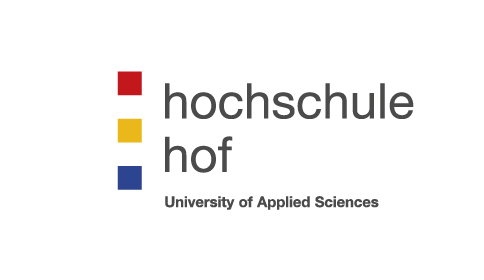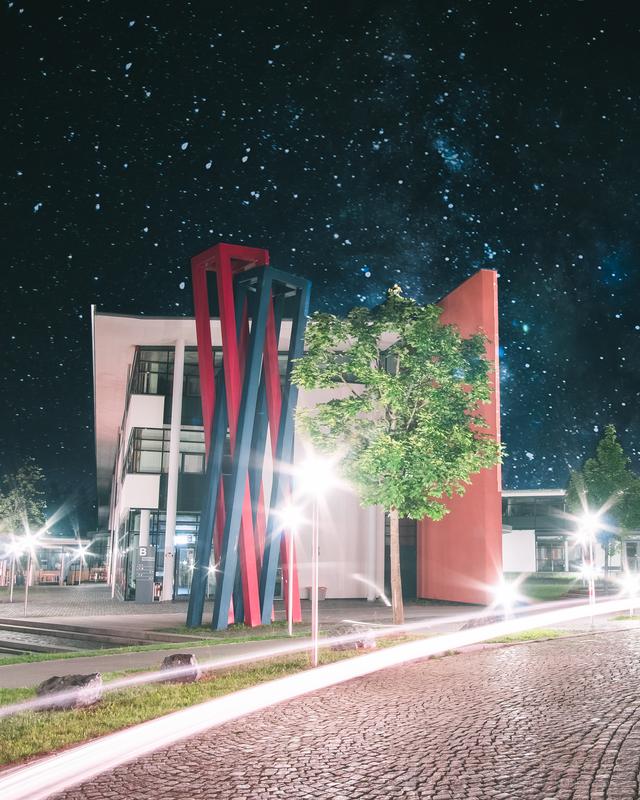At the beginning, there is a sobering figure: only 0.4% of the world's plastic products consist of bioplastics, i.e. plastics made from renewable raw materials. The reason for this lies in the still partly complex production, the low quantities available and thus comparatively higher prices. In addition, the technical properties of biopolymers currently prevent their widespread use in industry. A group of five young researchers led by research group leader Dr. Mirko Rennert has now set itself the task of changing this situation in the long term.
Core issue of the bioeconomy
Starting in March 2021, a project called "EISBiR" ("Influence of Ionizing Radiation on the Properties and Processing of Bioplastics as well as Biogenic Raw and Residual Materials as Functional Fillers and Reinforcers") will begin, which aims to conduct real basic research in its field: "The use of biogenic resources instead of fossil raw materials to produce stable bioplastics products is a key challenge of the bioeconomy. We want to change the properties of renewable raw materials in such a way that unnecessary chemicals can be dispensed with and products can be returned to a circular economy, regardless of their service life. To this end, we are looking at natural models, such as the peels of fruits and vegetables, which enable effective product protection with only a few ingredients," says Dr. Mirko Rennert.
Structural change through Irradiation
Two different approaches are being pursued: On the one hand, the scientists want to investigate the already widely used influence of ionizing radiation in order to change the internal structure of the bioplastics: "Ionizing radiation can have a targeted effect on the internal crosslinking or degradation of the plastic chains. This crosslinking determines, for example, how flexible or how hard a plastic is. In an extensive series of experiments, we want to find out to what extent these properties can be modified by irradiation so that they can be used for technical applications. UV light is also part of this and is being investigated to ensure that outdoor applications do not fail prematurely due to solar radiation," adds deputy research group leader David Krieg.
Easier scalability
The advantage of such a technique would be obvious: The properties of a bioplastic made from the same raw material could be specifically adjusted for different applications. This would prevent the use of unnecessary fillers and allow the bioplastics to be reused naturally in line with the circular economy.
Biowaste as filler
A second focus of the research project that is about to begin is the investigation of biogenic residues as natural additives: "The aim is to achieve the change in properties also through a plant-based supplement to the bioplastics. The ingredients from bark mulch not only provide good winter protection for soils, but can also extend the life of bioplastics, just as bark protects trees from the elements," says Dr. Mirko Rennert. The biological cycle would thus be closed, and this would also have positive effects on the price of the environmentally friendly bioplastics: "Biological residues accumulate as a cheap waste material or even have to be disposed of at a cost. Adding these sensibly to bioplastics could reduce the price of the currently still expensive biopolymers and make their use in industry more attractive".
The "EISBiR" project is being carried out under the auspices of the Fachagentur Nachwachsende Rohstoffe e.V. (FNR) and is initially scheduled to run until the end of February 2024. The project will initially be funded by the German Federal Ministry of Food and Agriculture (BMEL) and will be extended for another two years if the evaluation is successful. The possible total funding amounts to approx. 2 million EUR.
Contact for scientific information:
Prof. Dr. Michael Nase
Ingenieurwissenschaften
Wirtschaftsingenieurwesen
Hochschule Hof
Alfons-Goppel-Platz 1
95028 Hof
Fon: +49 (0) 9281 / 409 4730
E-Mail: michael.nase(at)hof-university.de




